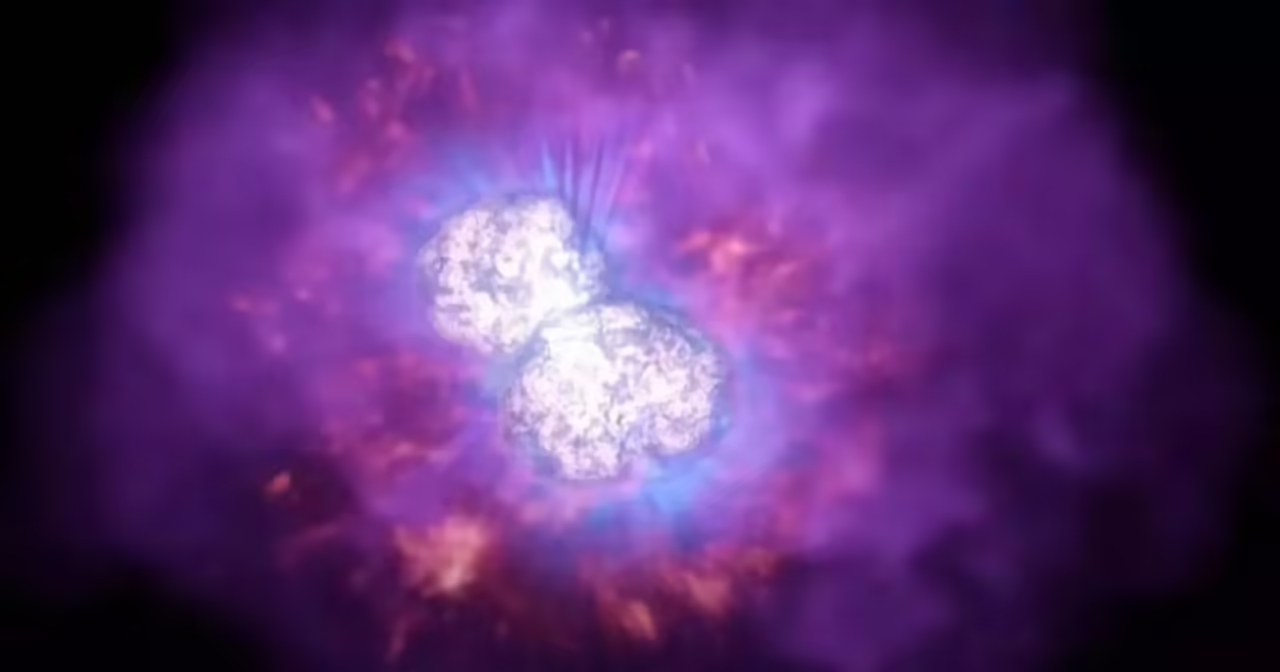
Although it is not something that we think about in our day to day, we all know that we are nothing more than a tiny speck of dust, an insignificant point in the middle of the immensity of the Universe. Our life is short (at least, a comparison of the celestial bodies) and therefore we have been safe from catastrophes that inevitably occur from time to time, but with the passage of time it is likely that one of these events is foreseen.
At our scale we are vulnerable to almost everything. From a minuscule variation in solar radiation (so-called “sunspots” or electromagnetic storms) to impact with a speck even smaller than our planet: an asteroid, everything could probably wipe our civilization off the map without the universe even noticing. what we notice when one of our cells dies.
Some speak of planets whose existence is in question (such as Nibiru) as the most imminent threat to our civilization. Others refer to asteroids that could pass close to Earth and, if the circumstances are right, could alter Earth’s orbit or even hit it directly. However, little is said about Eta Carina, a true time bomb that is located above our heads. And unlike with an eventual asteroid, here there is nothing we can do to defend ourselves.
Eta Carina
There are several periods in the life of a star. Sacrificing detail for brevity, we can say that the star gets heavier and heavier as it ages until it finally collapses. Originally it converts hydrogen (with only one proton and one neutron) into helium, (with two protons and two neutrons, that is, heavier) and when the hydrogen runs out, the helium, in turn, begins to become more and more materials. heavy. Eventually the star cannot sustain the process and collapses.
Eta Carina is surrounded by a nitrogen nebula, indicating that it is already fusing materials heavier than helium. The process can be sustainable until the star begins to fuse iron: at this point the irremediable death comes.
But its inevitable collapse is not its most interesting feature. Eta Carina is the most distant star (it is about 7,500 million years) that can be seen without the need for a telescope. That is to say, it is a true titan, even among the stars.
It is estimated that Eta Carina has a mass equivalent to 150 times the mass of the Sun, and that it emits in one second the energy that the Sun generates in 2 months. This is something characteristic of giant stars: they quickly consume their fuel so they die in a breath (at least, in stellar terms): while the sun will live a total of about 12 billion years, Eta Carina has surely lived less than 20 million years and perhaps less than 10.
The location of the star in the sky
But the most interesting thing is that the mass and energy emissions seem to indicate that its death is very close. Less than 100,000 years are left before it dies, and according to most astronomers, less than 1,000. We could be on the threshold of the star’s destruction within a few generations.
And then comes the danger. Because when a titan of this size explodes, it sends an impressive amount of energy and, in particular, two beams of radiation towards the poles of the star. These beams will be loaded with very high amounts of ultraviolet radiation and X and Gamma rays.
If we human beings hit us directly, we would witness a brightness equivalent to about 10 times that of the full moon. Ultraviolet rays, although powerful, will surely not have a major effect on the surface. But gamma rays and X-rays will:
First, there would be an immediate pulse that would be the same as a solar electromagnetic storm… only more powerful. All the devices in the impacted hemisphere would burn up in an instant.
And later would come the serious. The radiation would destroy the ozone layer, a process that can take several years to replenish, causing the surface to be affected by constant ultraviolet radiation that is deadly to most living things. This process could affect the entire surface and those who survive the first impact would be vulnerable and will have to protect themselves well for several years.
But the worst is gamma radiation. Billions of particles known as “cosmic rays” would penetrate the atmosphere, generating what is known as a “muon shower”. The power of the radiation would be equivalent to about 10 times the endurance of the average human being. What’s worse: muons can cross the surface at more than 2 kilometers, so it would be impossible to protect oneself. Half of humanity (or rather, that which inhabits half of the earth) would be irretrievably doomed.
How likely is it that something like this would happen? Well, at the moment the poles of the star are not pointing at us (they are at 45°, as far away as they can be) but there is a possibility that their direction could change. Now, the distance from the star works as a kind of “insurance”: a deviation of less than 0.1° will be enough for the beam not to hit us. But if it exists, the possibility exists.







